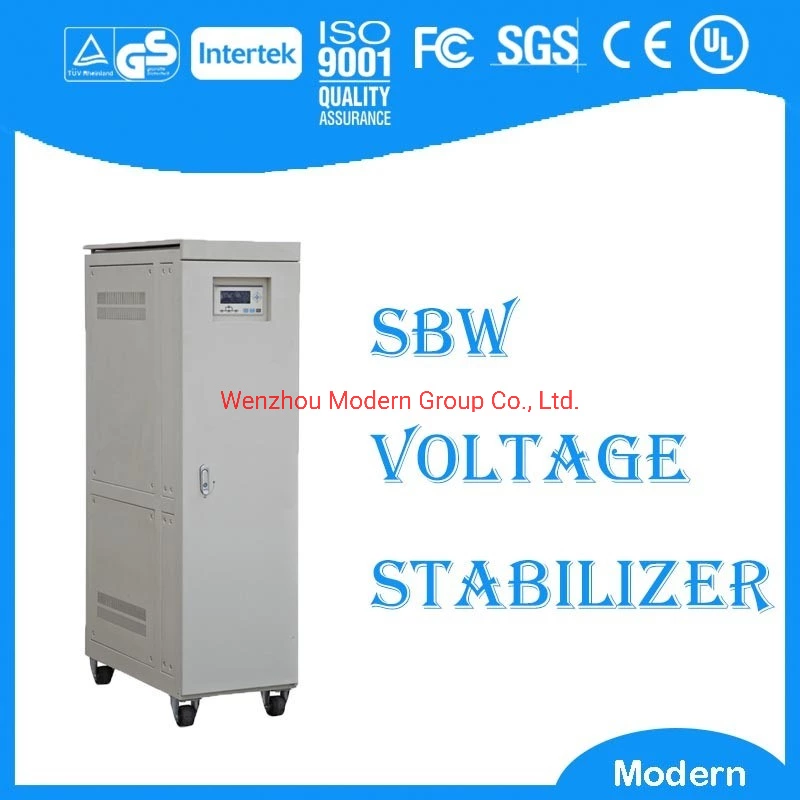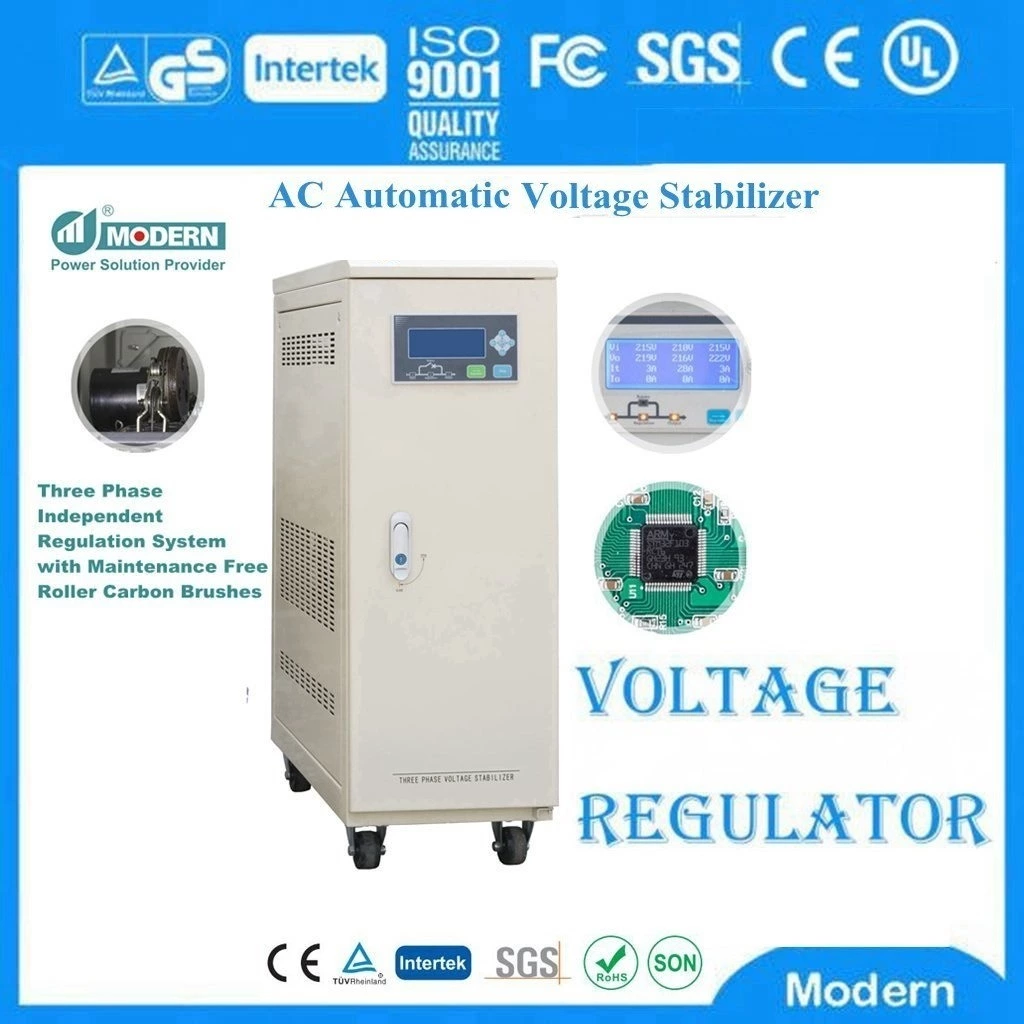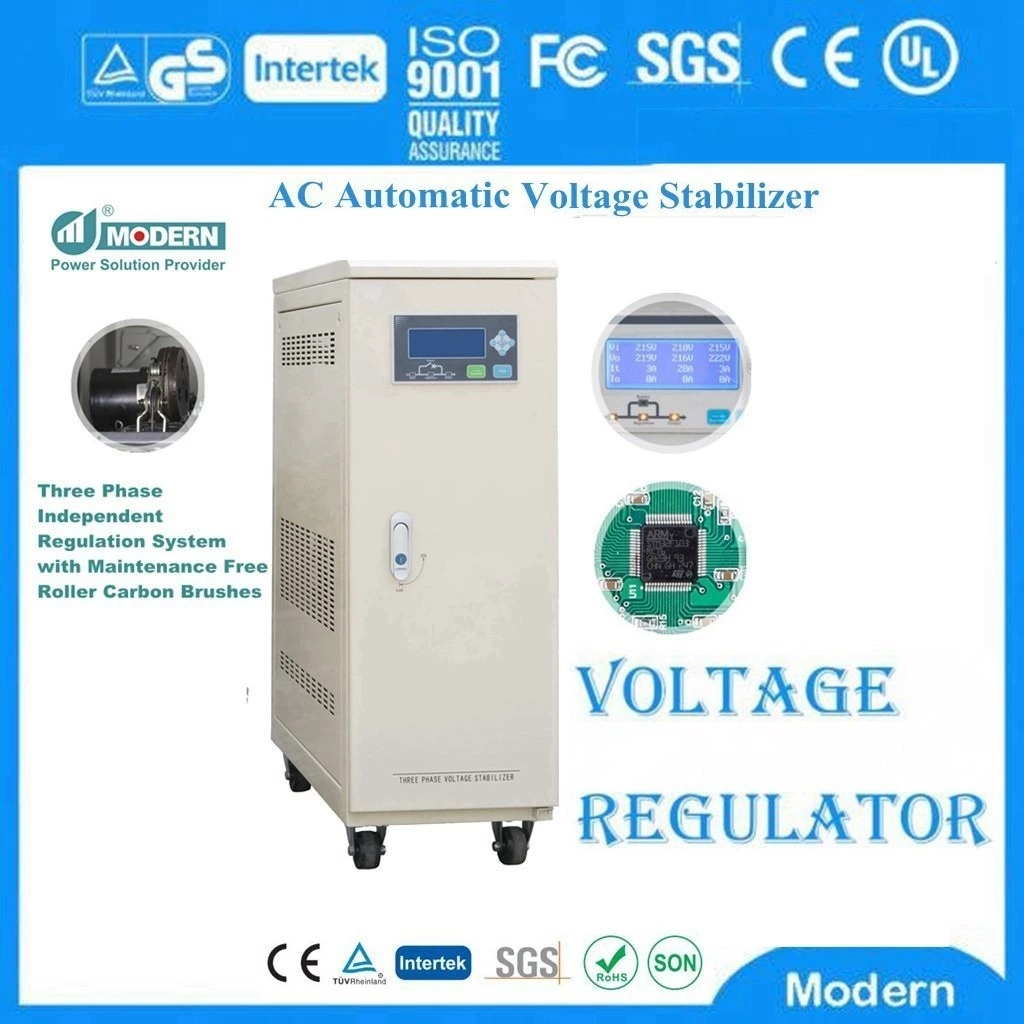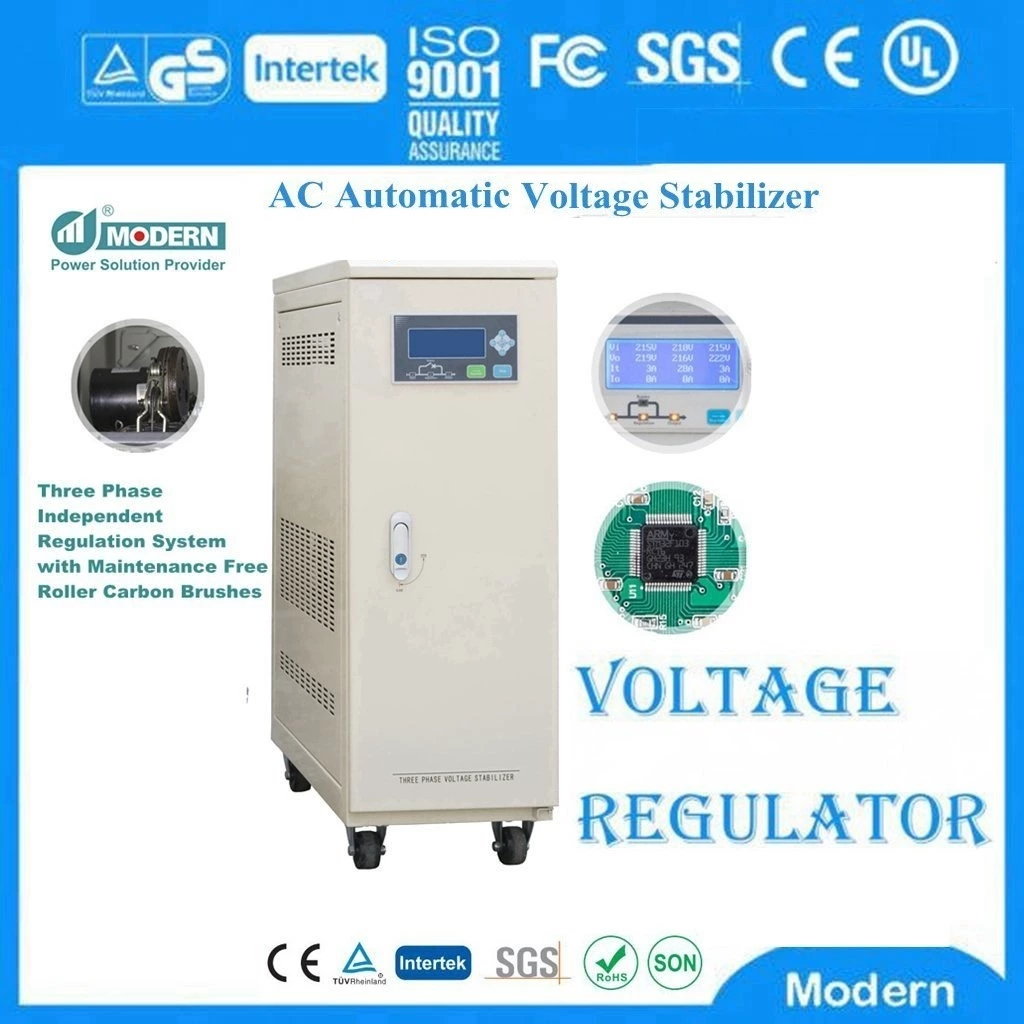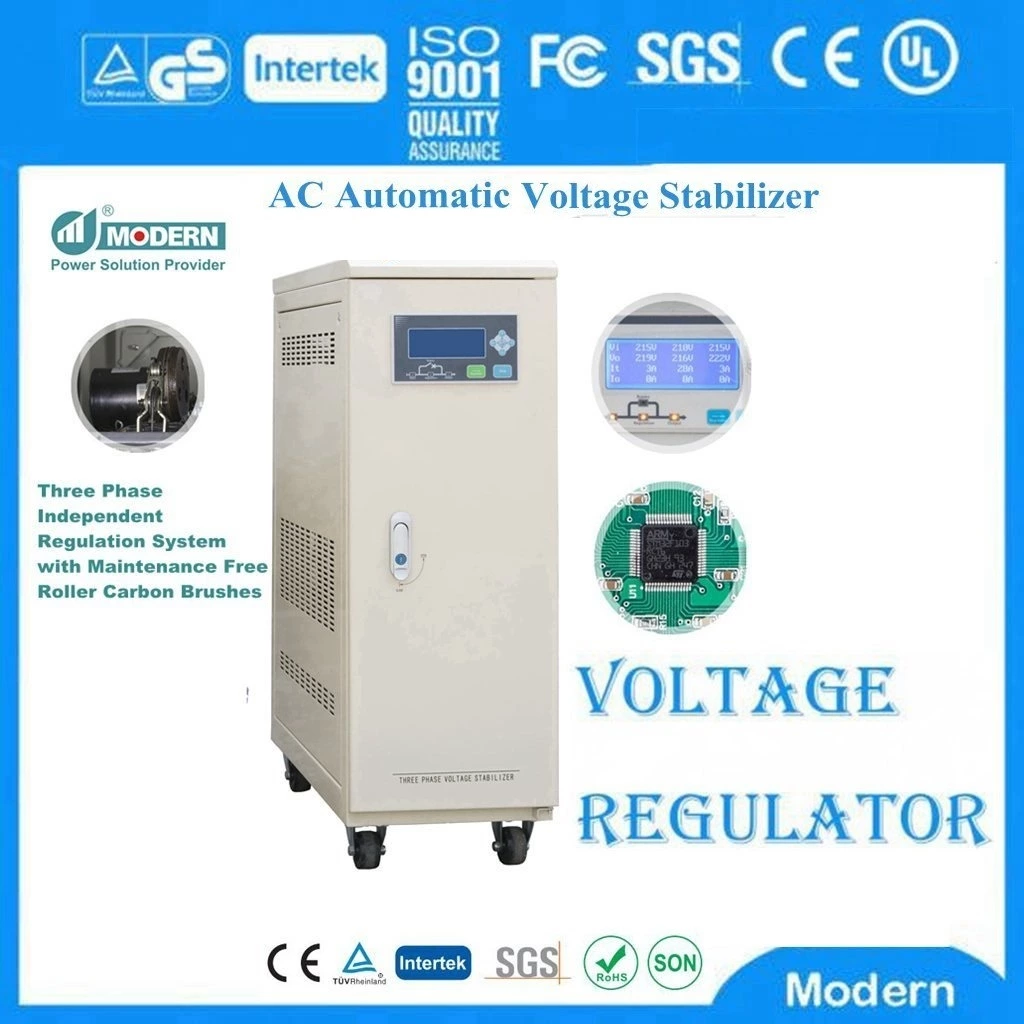Design And Application Of Ac Reactor
Design and Application of AC Reactors
Design
The design of AC reactor mainly focuses on its inductance, structure, material and heat dissipation method.
Inductance:
Inductance is the core parameter of AC reactor, which determines the size of its resistance to AC current. The selection of inductance should be determined according to the current, voltage and harmonic frequency to be limited in the specific application scenario.
Structure:
AC reactor usually adopts a coil wound on an iron core or hollow structure. Iron core reactor has a large inductance and is suitable for occasions requiring a large resistance; while air core reactor has a simple structure and good heat dissipation performance, which is suitable for low voltage and low current occasions.
Material:
The coil material is generally insulated copper wire to ensure that it will not overheat when high current passes for a long time. The iron core material can be selected according to the required inductance and cost. Silicon steel sheet, amorphous alloy, etc. can be selected.
Heat dissipation method:
AC reactor generates heat when working, so heat dissipation design is very important. Common heat dissipation methods include natural cooling, forced air cooling or water cooling, etc. The specific selection needs to be determined according to the power density and use environment of the reactor.
Application
AC reactors are widely used in power systems and electronic equipment, mainly including the following aspects:
Limiting short-circuit current:
In power systems, short-circuit accidents will generate huge short-circuit currents and damage electrical equipment. AC reactors effectively limit short-circuit currents and protect electrical equipment from damage by increasing short-circuit impedance.
Filtering and anti-interference:
In power supply systems containing electronic equipment such as frequency converters and thyristors, high-order harmonics will pollute the power grid and affect the normal operation of other equipment. AC reactors can filter out these harmonics and improve the power quality of the power grid. At the same time, it can also prevent interference signals in the power grid from interfering with electronic equipment.
Improving power factor:
In the field of reactive power compensation, the use of shunt reactors in conjunction with capacitors can improve the reactive power operation of the power system, improve the power factor, and reduce power grid losses.
Protecting the motor:
During the motor startup process, a large surge current will be generated, causing impact on the power grid. AC reactors can limit these surge currents and protect the motor and the power grid from damage.
Other applications:
AC reactors are also used in many occasions such as smoothing, voltage limiting, current limiting, and special applications such as series resonance.
In summary, the design and application of AC reactors need to be comprehensively considered according to specific scenarios and needs to ensure their optimal performance.
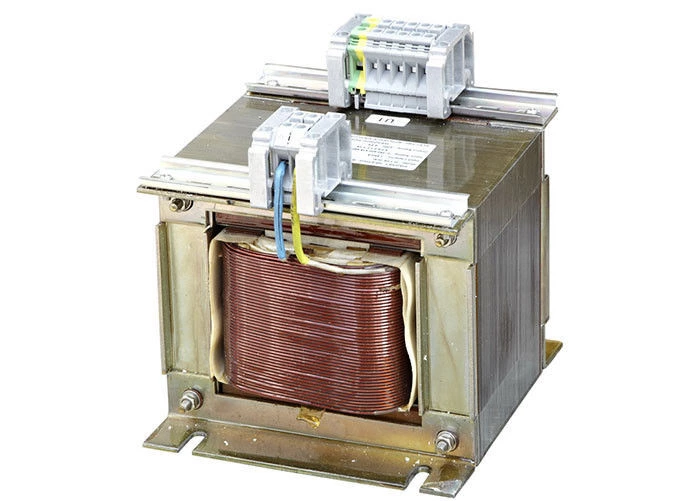
 Русский
Русский
 Français
Français
 Português
Português
 Español
Español
 اللغة العربية
اللغة العربية
